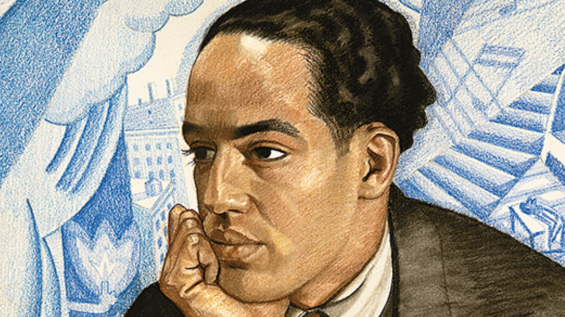
A brief history of African-American social dance (in TED-Ed GIFs)
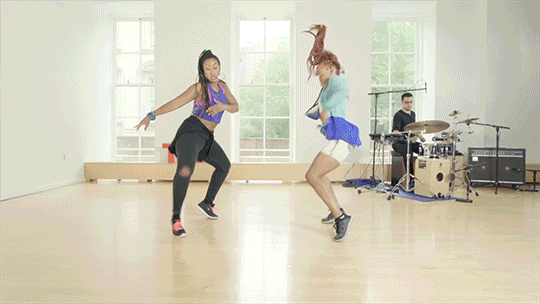
This is the Bop. The Bop is a type of social dance. Dance is a language, and social dance is an expression that emerges from a community. Below, Camille A. Brown offers a brief history of African-American social dance.
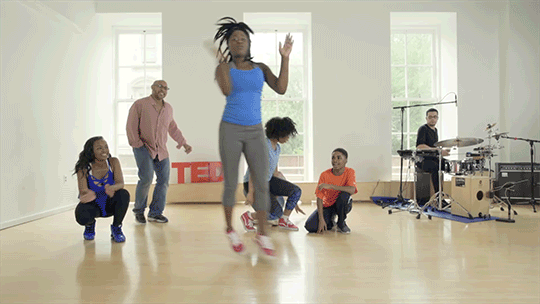
A social dance isn’t choreographed by any one person. It can’t be traced to any one moment. Each dance has steps that everyone can agree on, but it’s about the individual and their creative identity. Because of that, social dances bubble up, they change, and they spread like wildfire. They are as old as our remembered history. In African-American social dances, we see over 200 years of how African and African-American traditions influenced history. The present always contains the past. And the past shapes who we are and who we will be.

Now, social dance is about community and connection; if you knew the steps, it meant you belonged to a group. But what if it becomes a worldwide craze? Enter the Twist.

It’s no surprise that the Twist can be traced back to the 19th century, brought to America from the Congo during slavery. But in the late ‘50s, right before the Civil Rights Movement, the Twist is popularized by Chubby Checker and Dick Clark. Suddenly, everybody’s doing the Twist: white teenagers, kids in Latin America. It makes its way into songs and movies. Through social dance, the boundaries between groups become blurred.

The story continues in the 1980s and ’90s. Along with the emergence of hip-hop, African-American social dance took on even more visibility, borrowing from its long past, shaping culture and being shaped by it. Today, these dances continue to evolve, grow and spread.
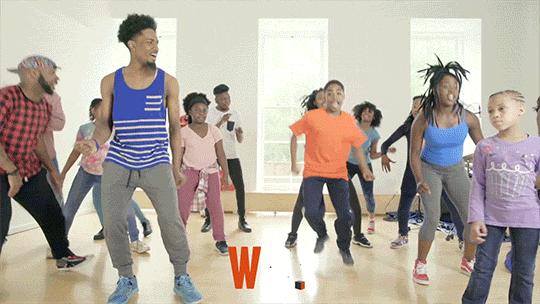
Why do we dance? To move, to let loose, to express.
Why do we dance together? To heal, to remember, to say: “We speak a common language. We exist and we are free.”
Camille A. Brown is a choreographer fusing dance and social commentary to explore race, sexuality and femininity.
Title Design by Kozmonot Animation Studio
To learn something new every week, sign up for the TED-Ed Newsletter here >>
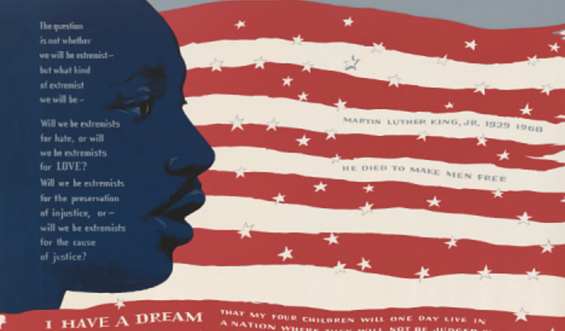
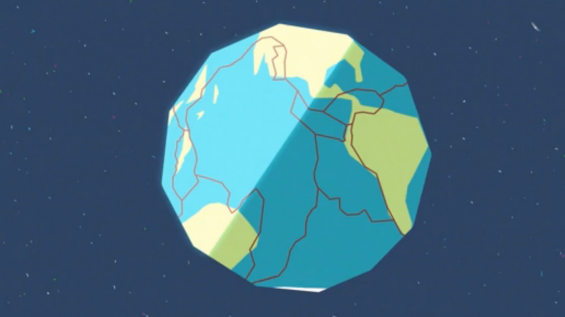
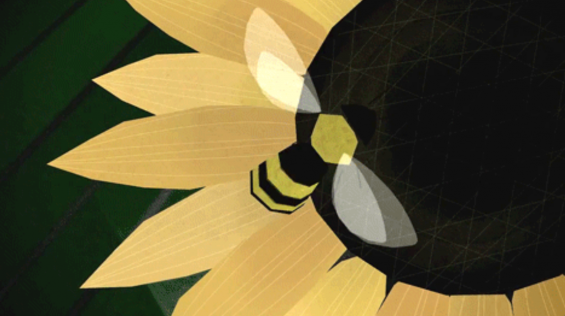

It’s interesting that each dance has steps everyone agrees on but expresses their individual identity. This really seems to be a common thread in a lot of African entertainment or at least entertainment that has roots in Africans like jazz. Having the opportunity to express yourself is one of the best ways to create something original and is made even better when put to dance or music.